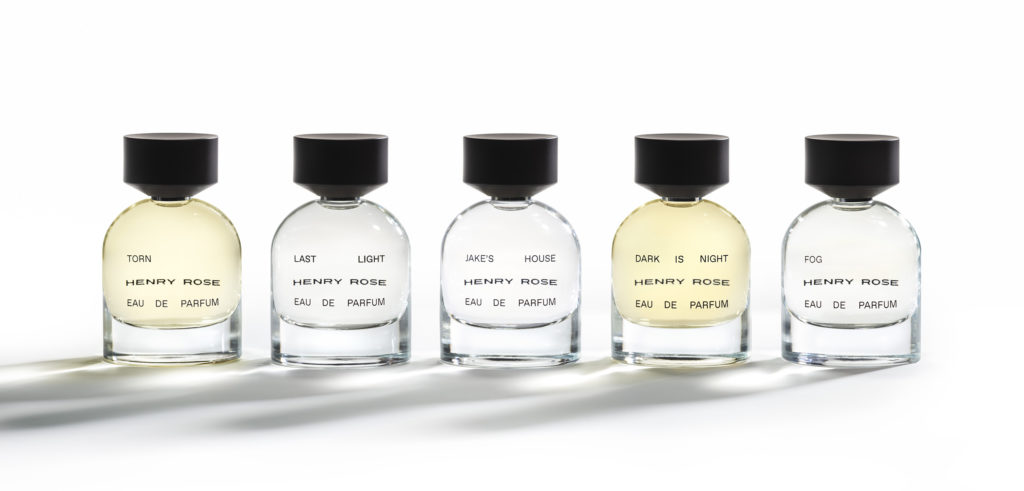-By Cal Trepagnier-
McDonough Braungart Design Chemistry (MBDC) recently went through the process of reviewing its own purchases of renewable energy certificates (RECs) and carbon offsets, and learned some lessons along the way. As it can be an involved process, we’d like to share what we took away from the process — and hope you will benefit from our experience in the marketplace.
 Buying environmental commodities such as RECs and carbon offsets has been an increasingly important strategy for corporate environmental performance. For stakeholders seeking to grow the clean energy economy, RECs have become increasingly important. For those looking to create a carbon-neutral company, event, or personal lifestyle, carbon offsets are commonplace. Supporting renewable energy and reducing greenhouse gas (GHG) emissions are linked concepts that often get confused. RECs can reduce emissions if they displace emissions that would have been created otherwise from electricity produced by a fossil fuel source such as a coal-fired power plant. However, there are other benefits to clean energy such as energy independence, energy security and jobs. RECs can also be used as a carbon management strategy, in some instances.
Buying environmental commodities such as RECs and carbon offsets has been an increasingly important strategy for corporate environmental performance. For stakeholders seeking to grow the clean energy economy, RECs have become increasingly important. For those looking to create a carbon-neutral company, event, or personal lifestyle, carbon offsets are commonplace. Supporting renewable energy and reducing greenhouse gas (GHG) emissions are linked concepts that often get confused. RECs can reduce emissions if they displace emissions that would have been created otherwise from electricity produced by a fossil fuel source such as a coal-fired power plant. However, there are other benefits to clean energy such as energy independence, energy security and jobs. RECs can also be used as a carbon management strategy, in some instances.
The Greenhouse Gas Protocol segments emissions into three categories: Scope 1 (direct), Scope 2 (indirect, such as purchased electricity) and Scope 3 (other indirect sources). Because RECs represent offsets of purchased electricity, it only makes sense for RECs to offset Scope 2 emissions. Carbon offsets can come in many types and typically are used as a proxy for a GHG emissions reduction of one ton. They can be used to offset Scope 1, 2 and 3 emissions.
What’s a sustainability officer to do when evaluating their options? MBDC has developed a 5-step guide to walk you through navigating the voluntary environmental product space.
1. Decide what emissions reduction and/orclean energy technology to support.
First, decide what types of emissions to offset. Since RECs are cheaper than carbon offsets, it makes sense to use RECs to offset scope 2 emissions, while using carbon offsets to offset Scope 1 and 3 emissions.
Next, decide which projects to support within each category. Clean energy projects range from wind to solar to biogas and are often comprised of a blend of the three. Find out the name of the clean energy facility benefiting from the RECs. There’s also a range of carbon reduction projects to choose from, including preserving forests from slash and burn, burning methane at landfills or reducing gases’ potential to contribute to global warming when converted to CO2.
2. Baseline your electricity load and emissions.
For RECs, evaluate the load by tabulating your annual electricity bill. For carbon offsets, use your carbon footprint analysis tool of choice to benchmark Scope 1, 2 and 3 emissions.
3. Make a budget based on your non-negotiables.
There are so many options to choose from that it helps to know what you do not want to compromise. This will enable you to set a budget that fits your needs accordingly. For example, does your company want to put a priority on supporting local projects, or specifically focus on a specific type of clean energy? What percent of our load or emissions does your company want to offset?
4. Determine what standard to use.
Use Green-e for RECs. For carbon offsets, choose between Climate Action Reserve (CAR) (the standard used by California’s cap-and-trade program), Verified Carbon Standard, the American Carbon Registry and the Gold Standard. CAR definitely has staying power, but its prices have jumped after the announcement of cap-and-trade in California. Look into the U.S. Landfill Project Protocol, since it is in CAR but not being used by the California compliance market, so prices are lower.
5. Communicate your purchase to the EPA Green Power Partnership, The Climate Registry and your customers.
The Climate Registry is a non-profit that helps report your carbon offset purchases in a transparent way. You can also list your REC purchase at the EPA Green Power Partnership, which can also serve as a free marketing tool for your business. Lastly, don’t forget to tell your customers. You should let them know you are doing the right thing for your business by supporting renewable energy and climate protection.
View the Blog Post on Greenbiz.com
McDonough Braungart Design Chemistry (MBDC) is a sustainability consulting firm founded by William McDonough and Michael Braungart, co-authors of “Cradle to Cradle: Remaking the Way We Make Things”. MBDC advises companies on integrating C2C principles into products, operations, and corporate strategy to regenerate economy, ecology, and equity.
